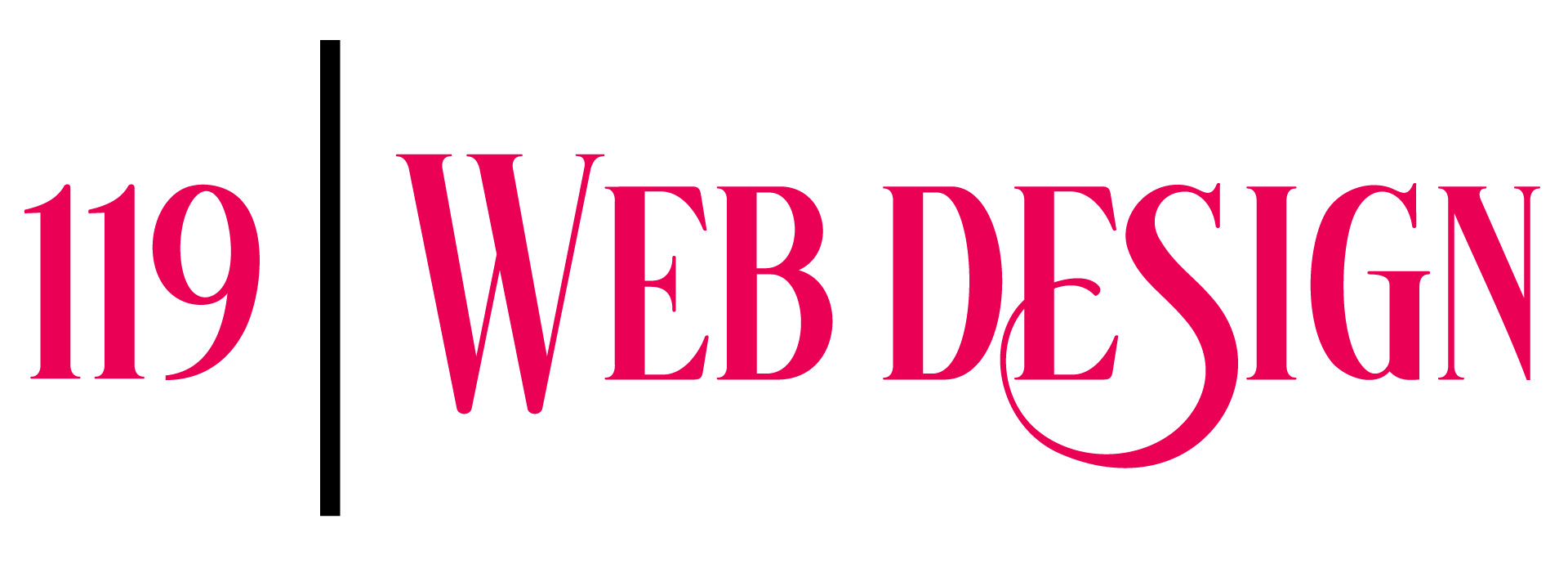“`html
In the fascinating world of web design, a crucial yet often overlooked component is the grid system, the skeletal structure underlying a visually engaging and user-friendly interface. Discover how to master website grid design to create web layouts that are not just aesthetically pleasing, but are also functional and responsive. Whether you are new to web design or looking to enhance your grid skills, this comprehensive guide delves into the essentials of grid systems, from understanding the significance of these invisible frameworks to choosing the perfect grid size for your project. Explore various grid options, from the popular 12-column grid to more advanced configurations like the 15-column grid, and learn how they can adapt to different screen sizes for optimal performance. Additionally, uncover top tips for website grid design templates and see real-world examples that demonstrate effective grid usage, all while learning how to seamlessly implement these techniques using tools like Figma and coding practices. Elevate your web presence with a strategic web grid layout design that ensures your website not only looks great but also provides an intuitive user experience.
“`
What is a Grid in Web Design?
A grid in web design refers to a system of intersecting lines that divide the website into rows and columns, creating a framework for arranging content.
- The grid helps to establish a consistent visual hierarchy and balance on the webpage, making it easier to navigate and understand.
- It allows designers to create complex layouts with precision and control, ensuring that elements align properly and don’t overlap or clash.
- The grid system enables designers to create responsive designs that adapt to different screen sizes and devices, ensuring a seamless user experience.
Types of Grid Systems
There are several types of grid systems used in web design, including:
- Fixed Grid System: A fixed grid system uses a set number of columns and rows that remain the same regardless of the screen size.
- Fluid Grid System: A fluid grid system uses percentages or flexible units to create a grid that adapts to different screen sizes.
- Mixed Grid System: A mixed grid system combines elements of both fixed and fluid grid systems, offering flexibility and precision.
Benefits of Using a Grid System
The benefits of using a grid system in web design include:
- Improved Consistency: A grid system ensures that elements are aligned consistently, creating a visually appealing and professional-looking design.
- Better Organization: A grid system helps to organize content and create a clear visual hierarchy, making it easier for users to find what they’re looking for.
- Increased Flexibility: A grid system provides flexibility and adaptability, allowing designers to create complex layouts that respond to different screen sizes and devices.
Best Practices for Implementing a Grid System
To implement a grid system effectively, consider the following best practices:
- Keep it Simple: Use a simple grid system that is easy to understand and work with.
- Be Flexible: Be prepared to adjust the grid system as needed to accommodate changing design requirements.
- Test Thoroughly: Test the grid system thoroughly to ensure that it works well on different devices and browsers.
The Best Grid for Web Design
The choice of grid system can significantly impact the overall aesthetic and usability of a website.
- Column Grid: A popular choice among web designers, the column grid divides the layout into vertical columns, allowing for easy organization and alignment of web elements or content.
- Row Grid: Another widely used grid system, the row grid organizes content into horizontal rows, making it ideal for showcasing products or services.
- Mixed Grid: A combination of column and row grids, the mixed grid offers flexibility and versatility, allowing designers to create unique layouts that cater to specific needs.
- Responsive Grid: As the name suggests, responsive grids adapt to different screen sizes and devices, ensuring a seamless user experience across various platforms.
When choosing the best grid for web design, consider factors such as content type, target audience, and device compatibility.
- Content Type: Different types of content require distinct grid systems. For example, a blog may benefit from a column grid, while a product showcase might suit a row grid.
- Target Audience: Understanding your audience’s preferences and behaviors can help you select a grid system that resonates with them.
- Device Compatibility: With the rise of mobile devices, it’s essential to choose a grid system that adapts to various screen sizes and resolutions.
By considering these factors and selecting the right grid system, web designers can create visually appealing and user-friendly websites that meet the needs of their target audience.
Popular Grid Systems
- Bootstrap Grid System: A popular front-end framework, Bootstrap provides a flexible grid system that adapts to different screen sizes and devices.
- Foundation Grid System: Another well-known front-end framework, Foundation offers a robust grid system that caters to various design needs.
- Gridlex: A lightweight grid system, Gridlex provides a simple yet effective solution for web designers who want to create responsive and adaptable layouts.
Best Practices for Grid Design
- Keep it Simple: Avoid cluttering your grid with too many columns or rows, as this can lead to visual overload and decreased usability.
- Be Consistent: Establish a consistent grid pattern throughout your website to create a cohesive look and feel.
- Test and Refine: Test your grid design on various devices and browsers to ensure it adapts seamlessly to different screen sizes and resolutions.

Creating a Grid in a Web Page
To create a grid in a web page, you need to understand the basics of CSS Grid Layout.
- Grid Container: An HTML element becomes a grid container when its display property is set to grid or inline-grid.
- Grid Items: The content of the grid container is called grid items, which can be child elements of the grid container.
- Grid Template Columns: To define the number of columns in the grid, you can use the grid-template-columns property.
- Grid Template Rows: Similarly, to define the number of rows in the grid, you can use the grid-template-rows property.
- Grid Gap: The space between grid items is known as the grid gap, which can be defined using the grid-gap property.
- Grid Auto Flow: By default, grid items are placed in the grid based on their order in the HTML document. However, you can change this behavior using the grid-auto-flow property.
Here’s an example of how you can create a simple grid layout using CSS:
.grid-container { display: grid; grid-template-columns: repeat(3, 1fr); grid-template-rows: repeat(3, 1fr); grid-gap: 10px; } .grid-item { background-color: #2196F3; padding: 20px; font-size: 30px; text-align: center; }
You can customize the grid layout further by adding more properties, such as grid-column-start, grid-row-start, grid-column-end, and grid-row-end.
For instance, you can use the grid-column-start property to specify the column where a grid item should start, and the grid-column-end property to specify the column where a grid item should end.
.grid-item { grid-column-start: 2; grid-column-end: 4; }
Similarly, you can use the grid-row-start and grid-row-end properties to specify the row where a grid item should start and end.
.grid-item { grid-row-start: 1; grid-row-end: 3; }
By mastering these properties, you can create complex and responsive grid layouts that adapt to different screen sizes and devices.
Best Practices for Creating Grids
When creating grids, there are several best practices to keep in mind:
- Keep it Simple: Start with a simple grid layout and gradually add complexity as needed.
- Use Consistent Units: Use consistent units for measurements, such as pixels or percentages.
- Avoid Overlapping Grid Items: Make sure grid items don’t overlap each other, causing visual clutter.
- Use Grid Gap Wisely: Use grid gap to create a visually appealing spacing between grid items.
- Test on Different Devices: Test your grid layout on various devices and screen sizes to ensure responsiveness.
Common Pitfalls to Avoid
When working with grids, there are several common pitfalls to avoid:
- Overusing Grid Properties: Don’t overuse grid properties, as this can lead to unnecessary complexity.
- Failing to Test: Failing to test your grid layout on different devices and screen sizes can result in poor usability.
- Ignoring Accessibility: Ignoring accessibility guidelines can make your grid layout inaccessible to users with disabilities.
- Not Using Grid Gap: Not using grid gap can result in a cluttered and overwhelming grid layout.

The 12 8 4 Grid System
The 12 8 4 grid system is a widely used framework in responsive web design, allowing layouts to adapt seamlessly to various screen sizes.
- The 12-column grid is typically employed for larger desktop screens, offering flexibility and organization for complex designs.
- The 8-column grid is often utilized for smaller tablet screens, striking a balance between visual appeal and usability.
- The 4-column grid is commonly used for mobile devices, prioritizing simplicity and ease of navigation.
This adaptable system enables designers to create visually appealing and functional interfaces that cater to diverse user experiences.
Key Benefits of the 12 8 4 Grid System
- Improved responsiveness: The 12 8 4 grid system ensures seamless adaptation to varying screen sizes, enhancing the overall user experience.
- Increased flexibility: By employing different column grids for distinct screen sizes, designers can tailor their layouts to suit specific needs.
- Enhanced usability: The 12 8 4 grid system promotes intuitive navigation and clear visual hierarchy, making it easier for users to interact with the interface.
Implementing the 12 8 4 Grid System
To effectively implement the 12 8 4 grid system, designers should consider the following best practices:
- Choose a suitable CSS framework or library to simplify the development process.
- Employ media queries to adjust the grid layout according to different screen sizes.
- Use a consistent naming convention and class structure to ensure easy maintenance and modification of the grid system.
Choosing Between 4 and 8 Point Grid Systems
The decision between a 4 point and 8 point grid system ultimately depends on the complexity and intricacy of your design.
- A 4 point grid provides more flexibility and precision in spacing, making it ideal for denser interfaces with intricate elements and precise alignments.
- An 8 point grid, on the other hand, may offer too much granularity, potentially leading to visual clutter and decreased usability.
When to Use a 4 Point Grid
A 4 point grid is suitable for:
- Denser interfaces with complex layouts and precise alignments.
- Designs requiring high levels of customization and flexibility.
- Projects where visual hierarchy and balance are crucial.
When to Use an 8 Point Grid
An 8 point grid is suitable for:
- Simpler designs with fewer elements and less complexity.
- Projects where consistency and uniformity are essential.
- Designs requiring a strong emphasis on typography and text-based content.
Key Considerations
Ultimately, the choice between a 4 point and 8 point grid system depends on your specific design needs and goals.
Consider factors such as layout complexity, element density, and visual hierarchy when deciding which grid system to use.
By choosing the right grid system, you can create a design that effectively communicates your message and engages your audience.

What is a 15 16 Grid System?
The 15 16 grid system is a type of modular grid system used in architecture and construction, particularly in the installation of suspended ceilings.
- Main beams are used to support the weight of the ceiling panels
- Wall molding is used to cover the edges of the ceiling panels and create a finished look
- Cross tees are used to connect the main beams and provide additional support to the ceiling panels
- XL indicates a stable connection on the cross tees, which provides added security and stability to the grid system
The 15 16 grid system is commonly used in commercial and residential buildings to install suspended drop ceilings, which can be made up of 24 x 24 or 24 x 48 ceiling panels.
Components of the 15 16 Grid System:
- Main Beams
- Wall Molding
- Cross Tees
- XL Connection
Benefits of the 15 16 Grid System:
- Provides a stable and secure framework for suspended ceilings
- Easily adaptable to different ceiling panel sizes and configurations
- Can be used in a variety of building types, including commercial and residential
Conclusion:
The 15 16 grid system is a versatile and reliable solution for installing suspended ceilings in various building types. Its components work together to provide a stable and secure framework, making it an ideal choice for architects, builders, and contractors.

0 Comments